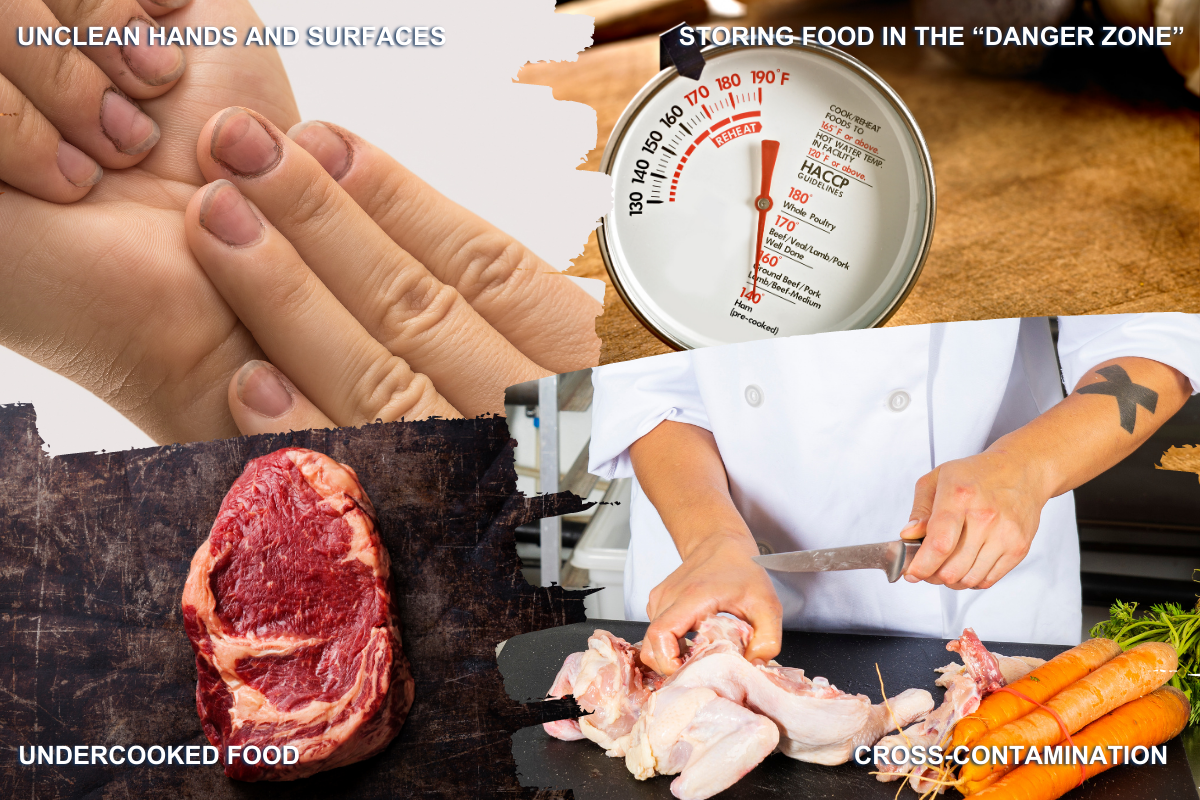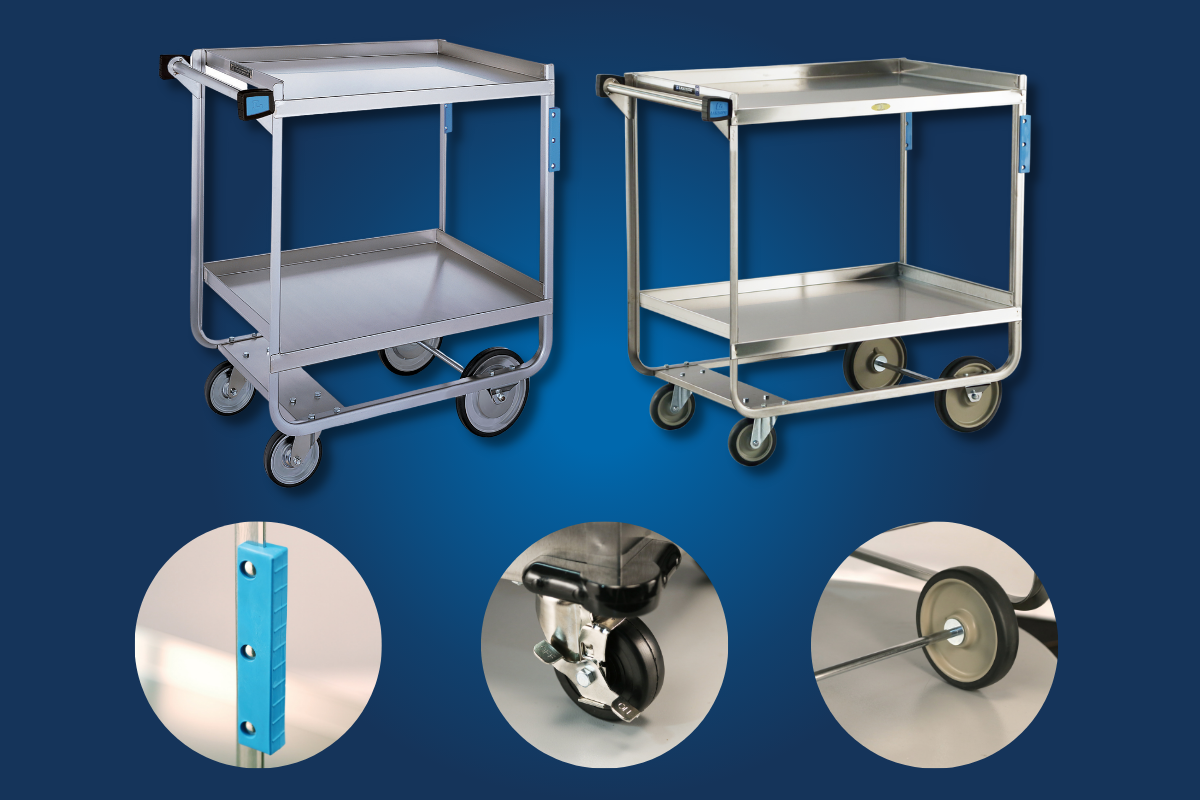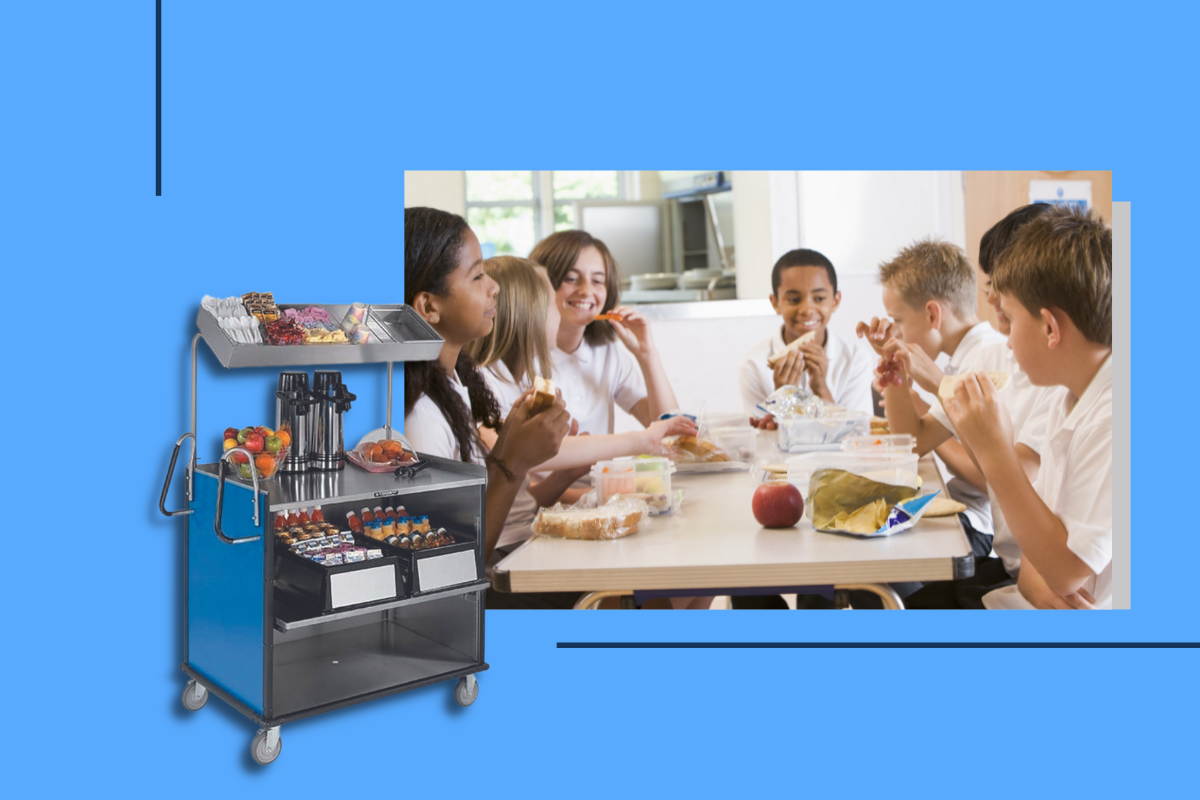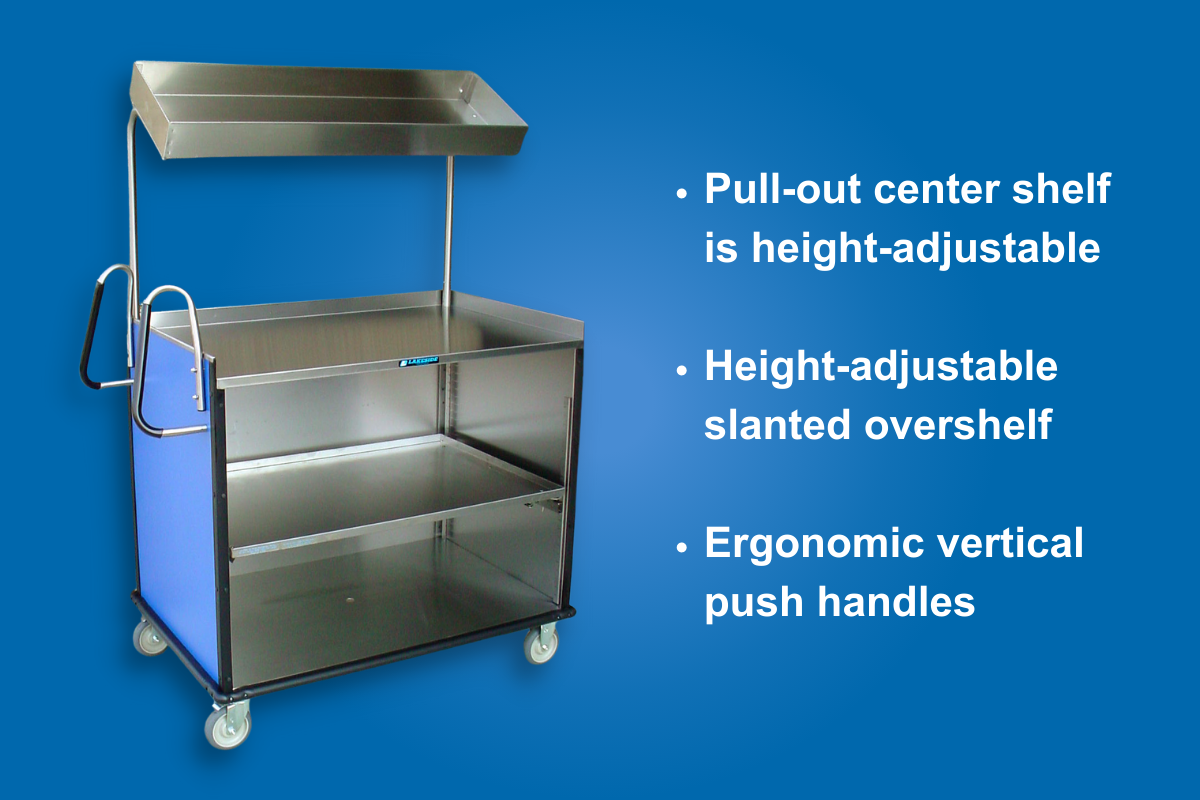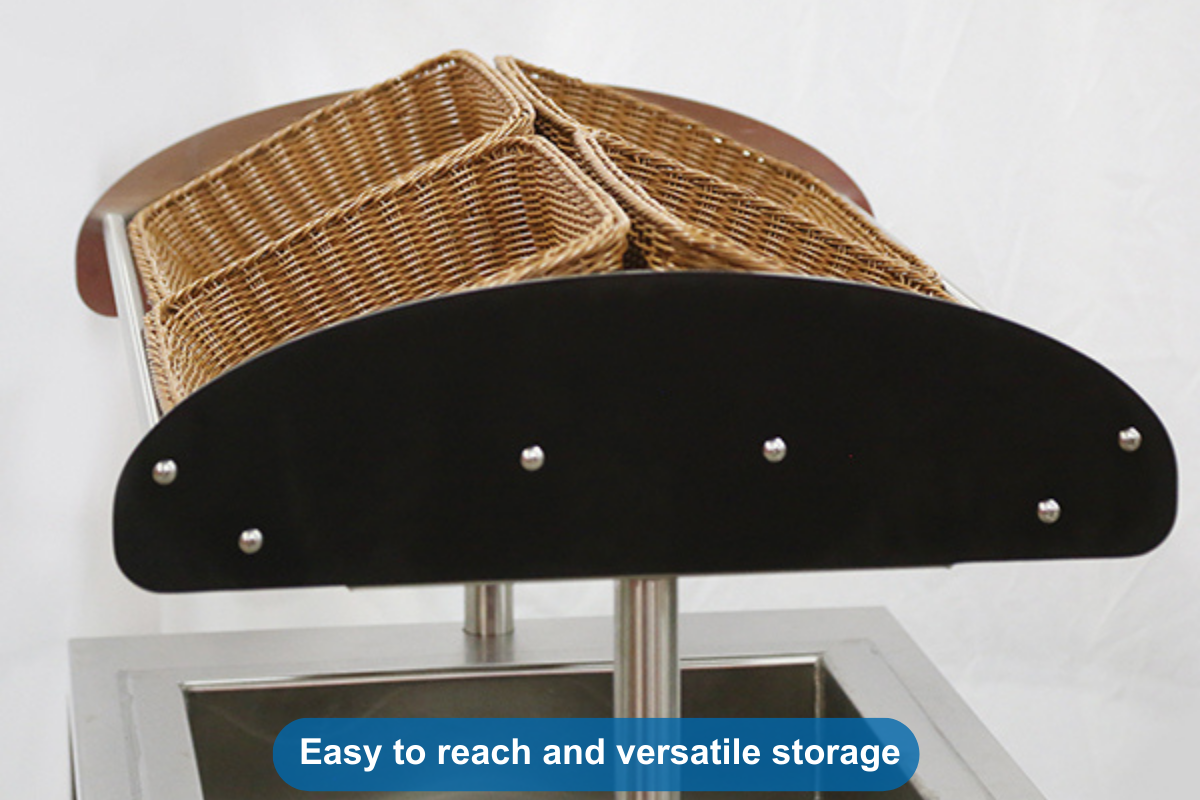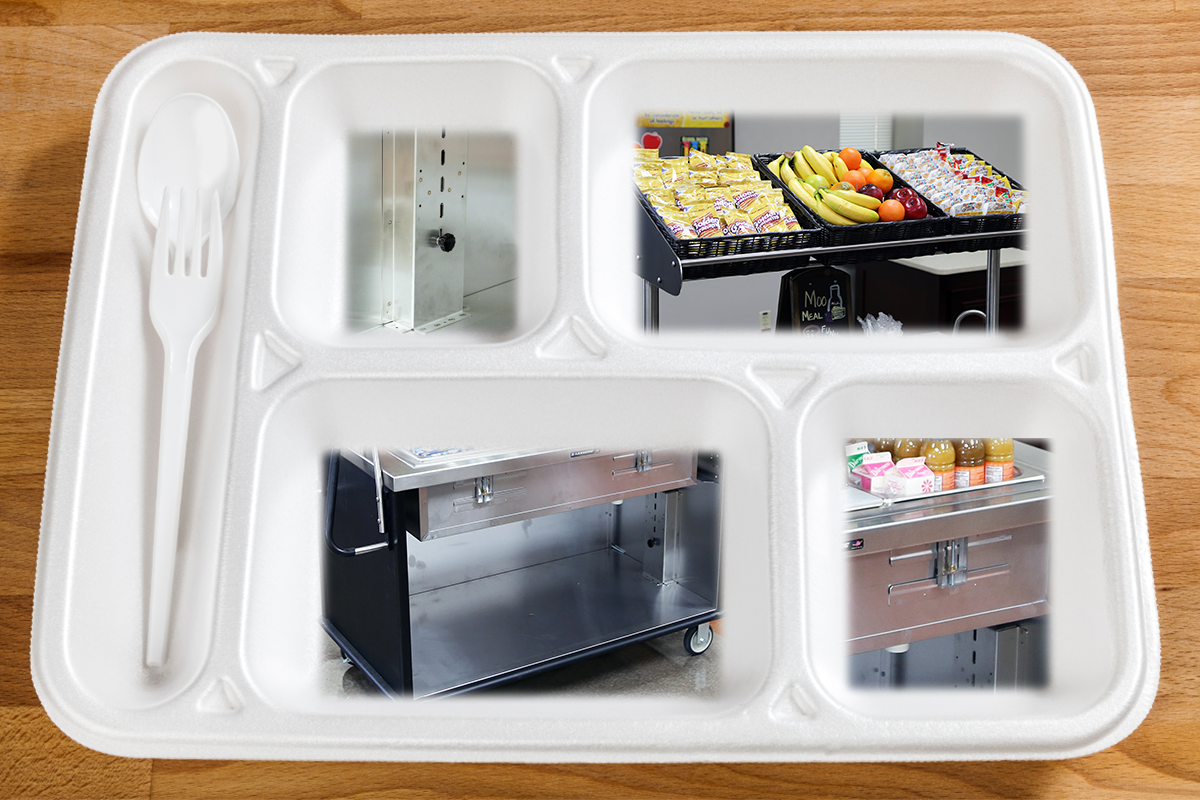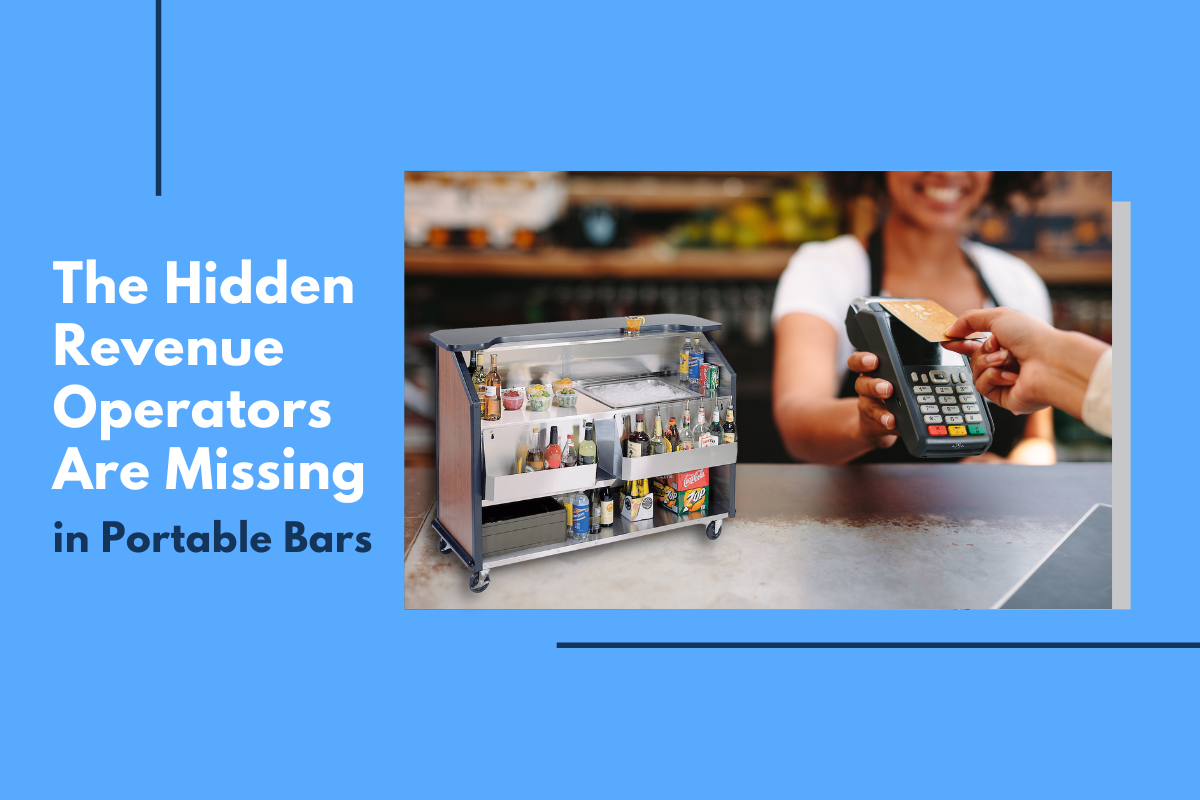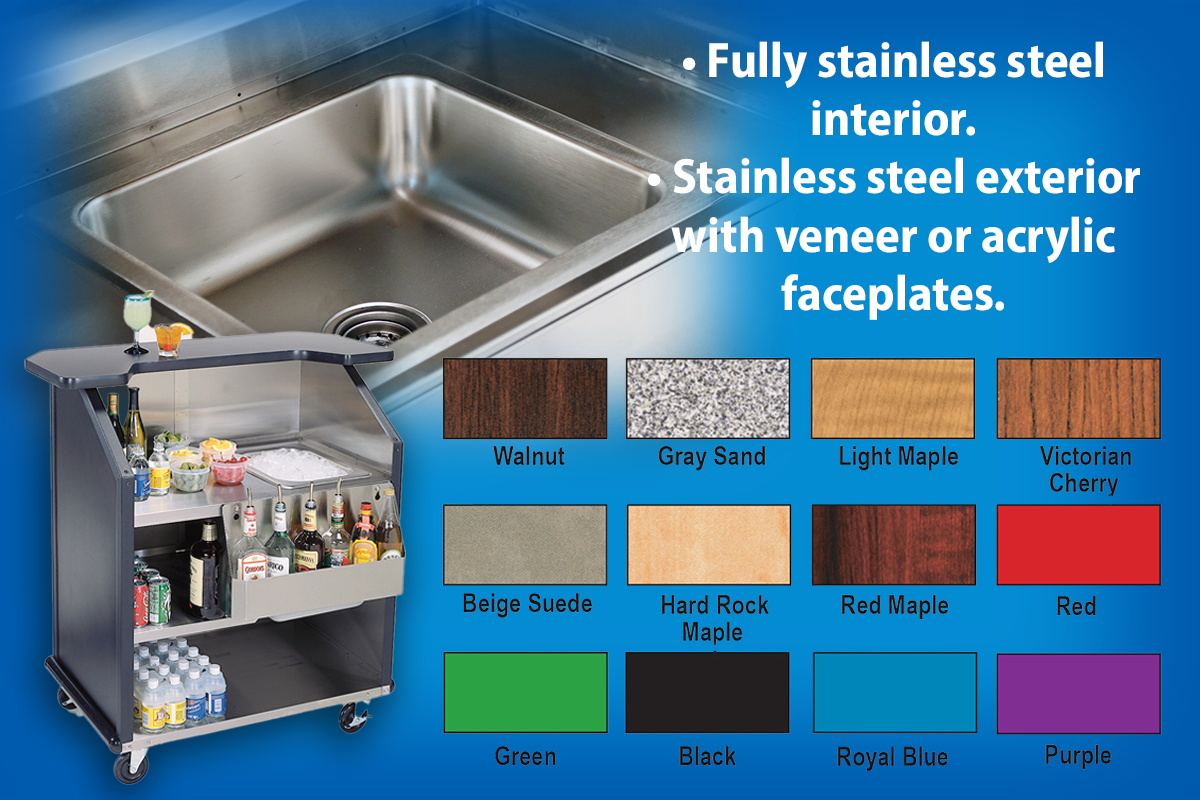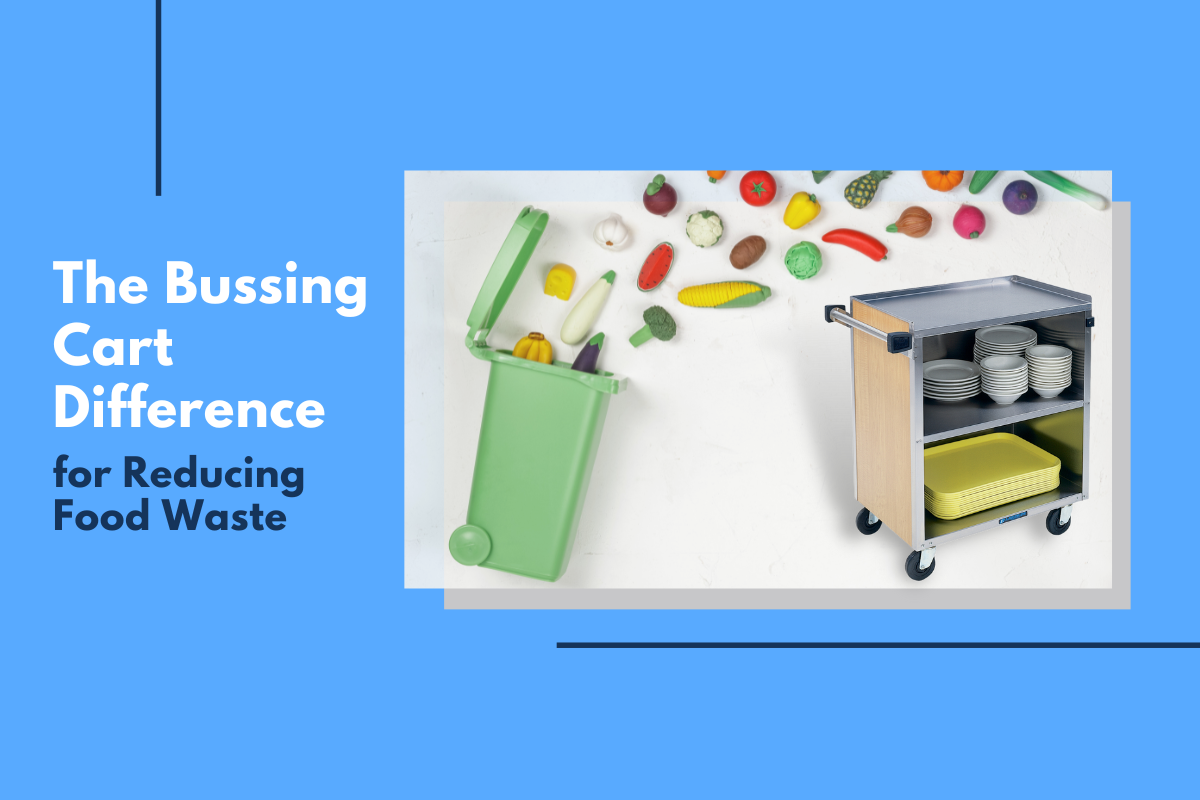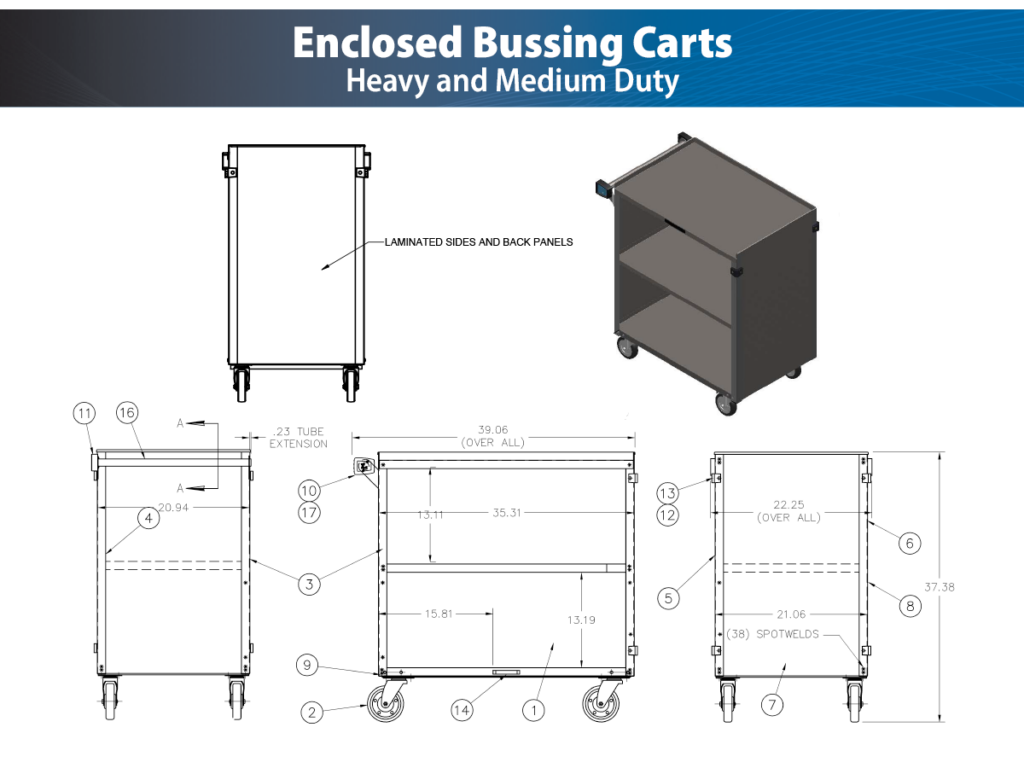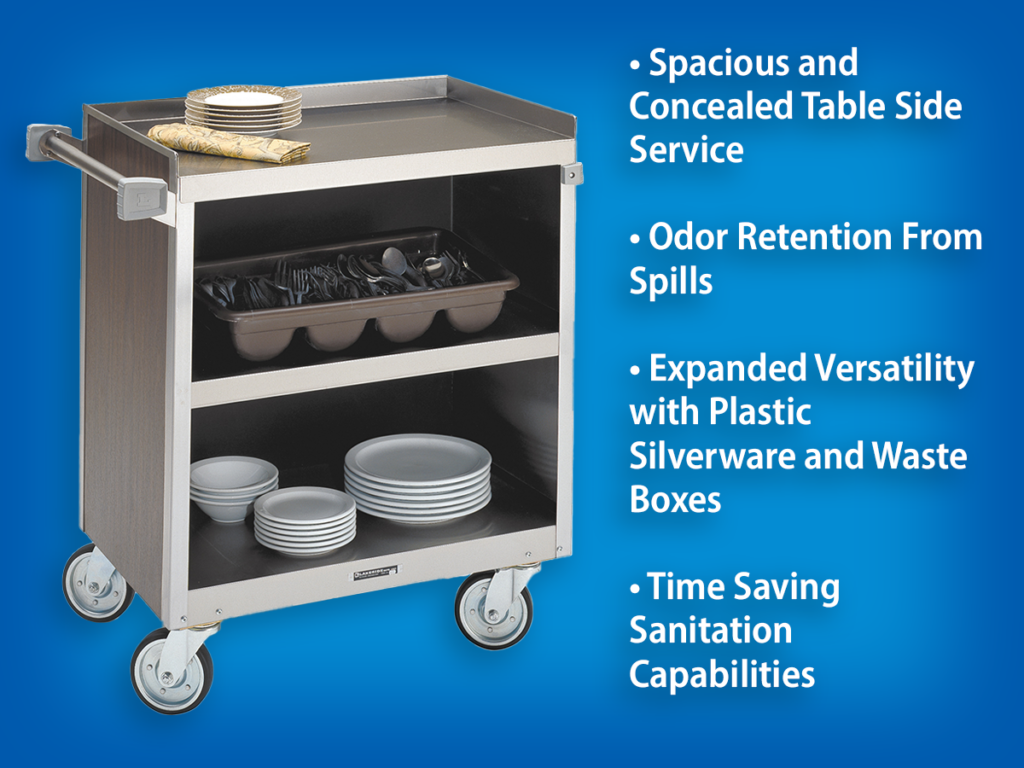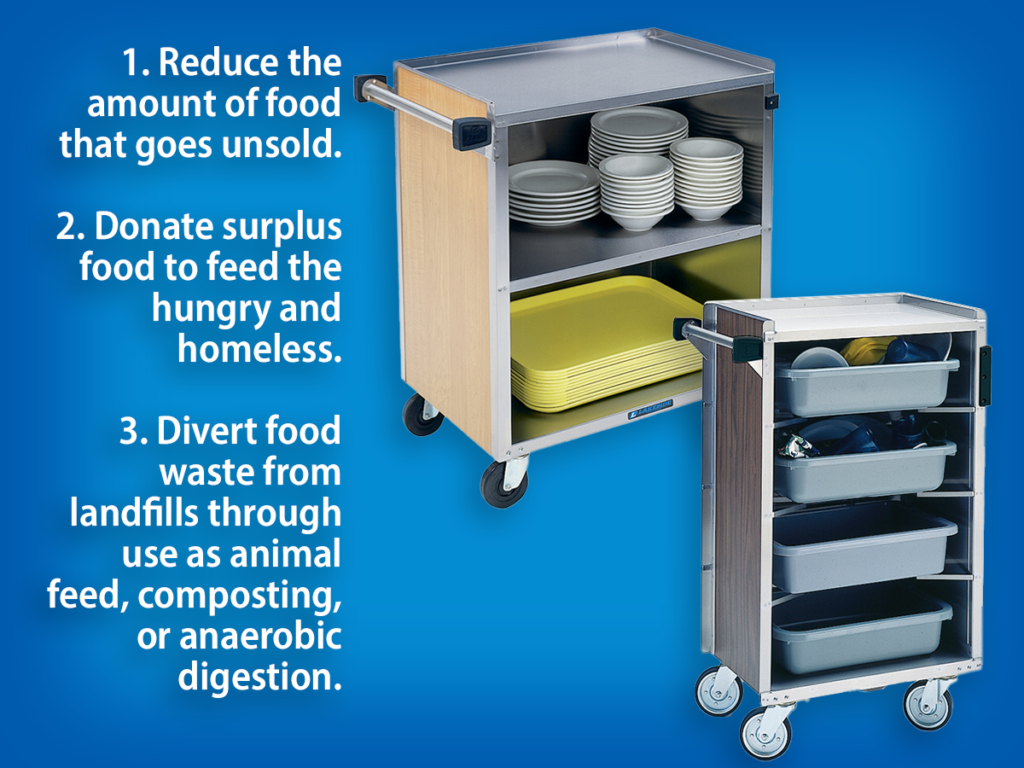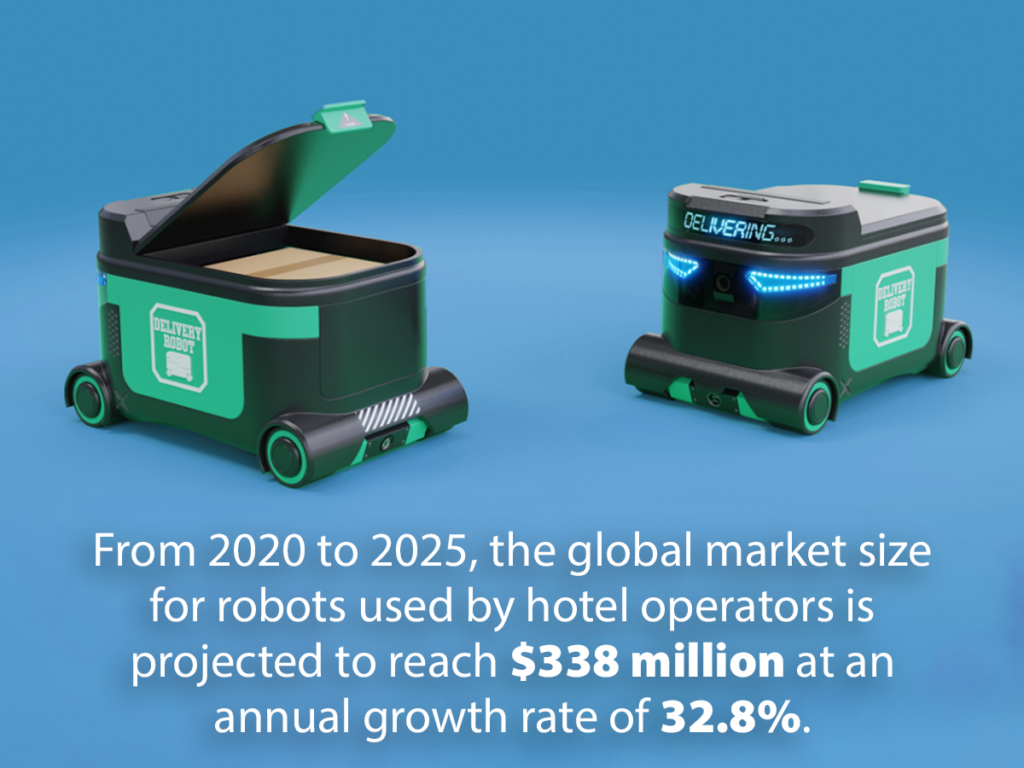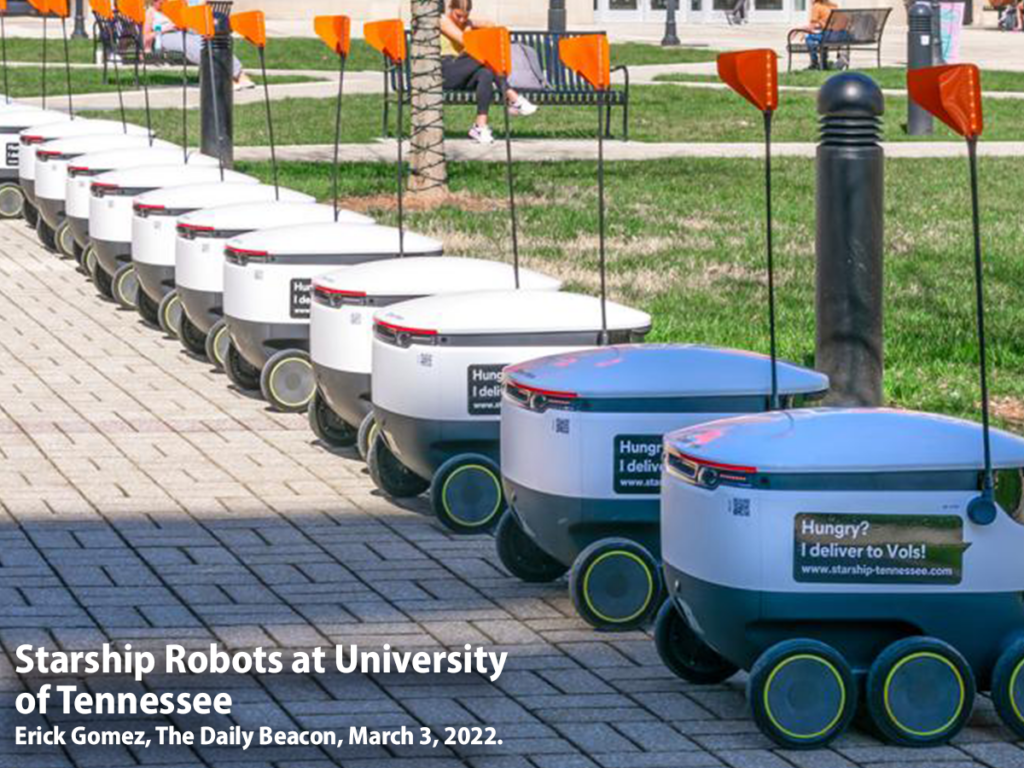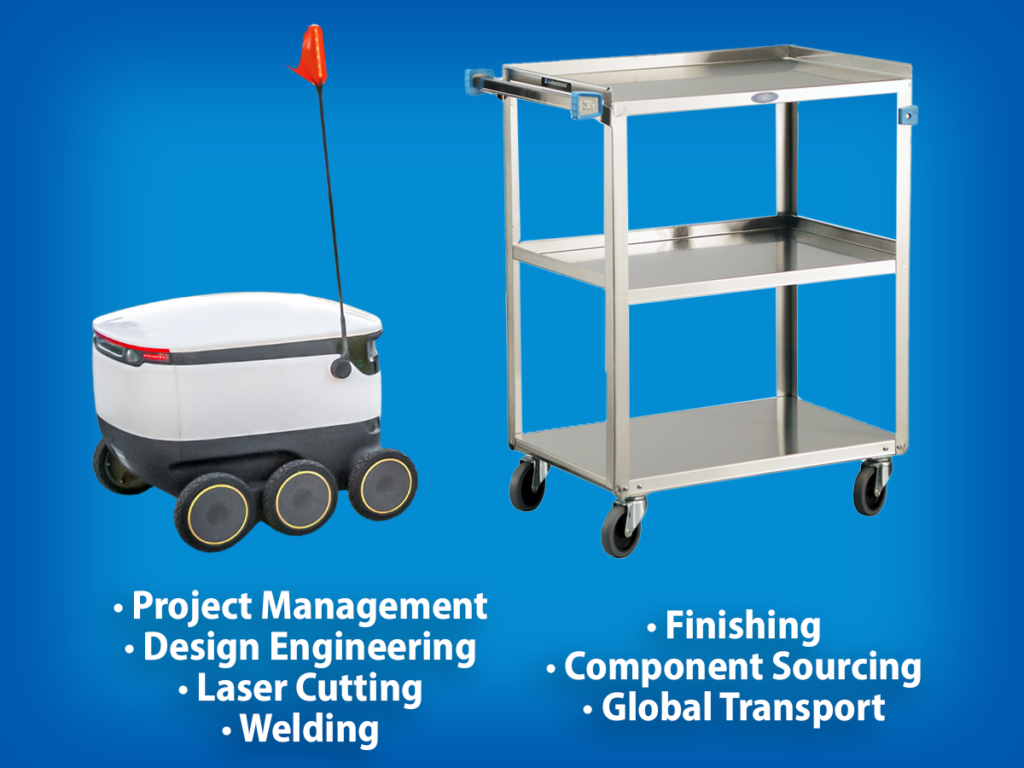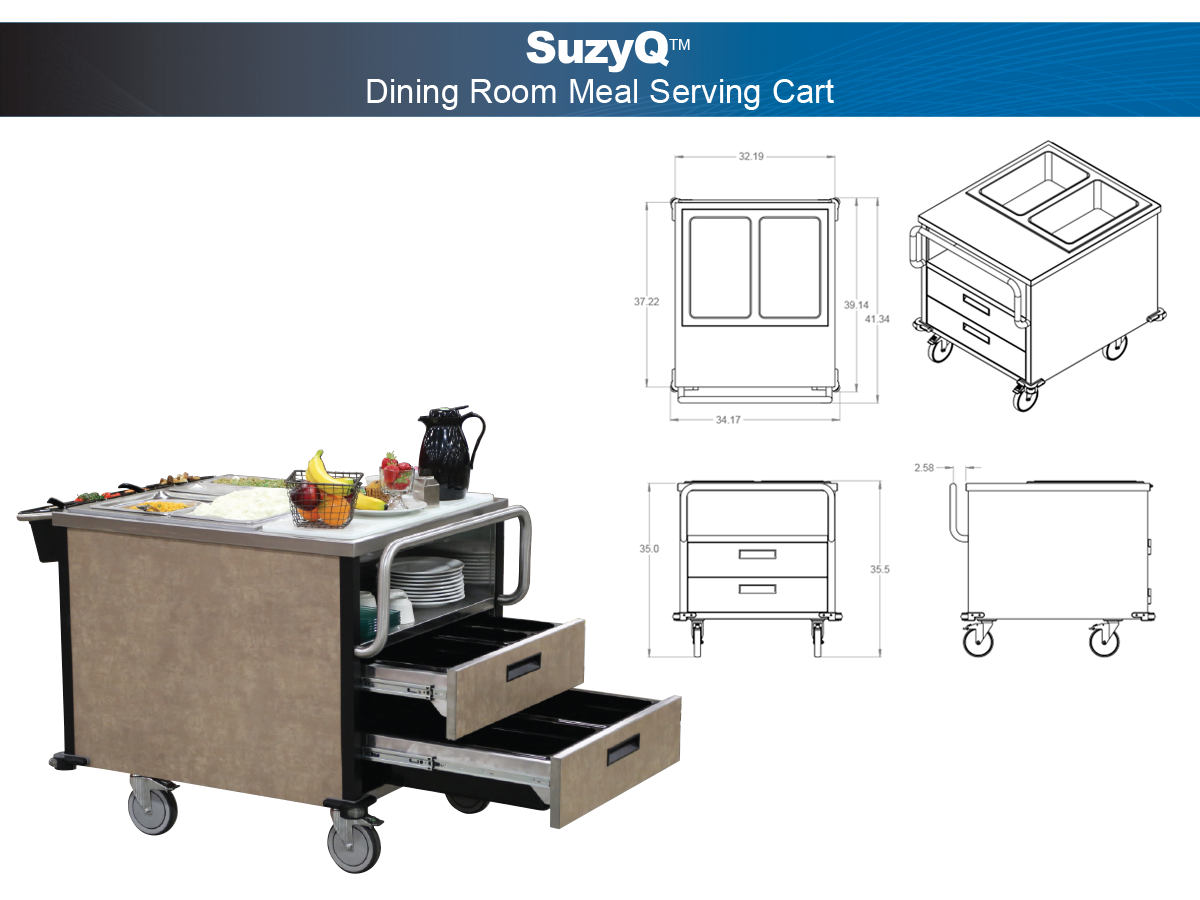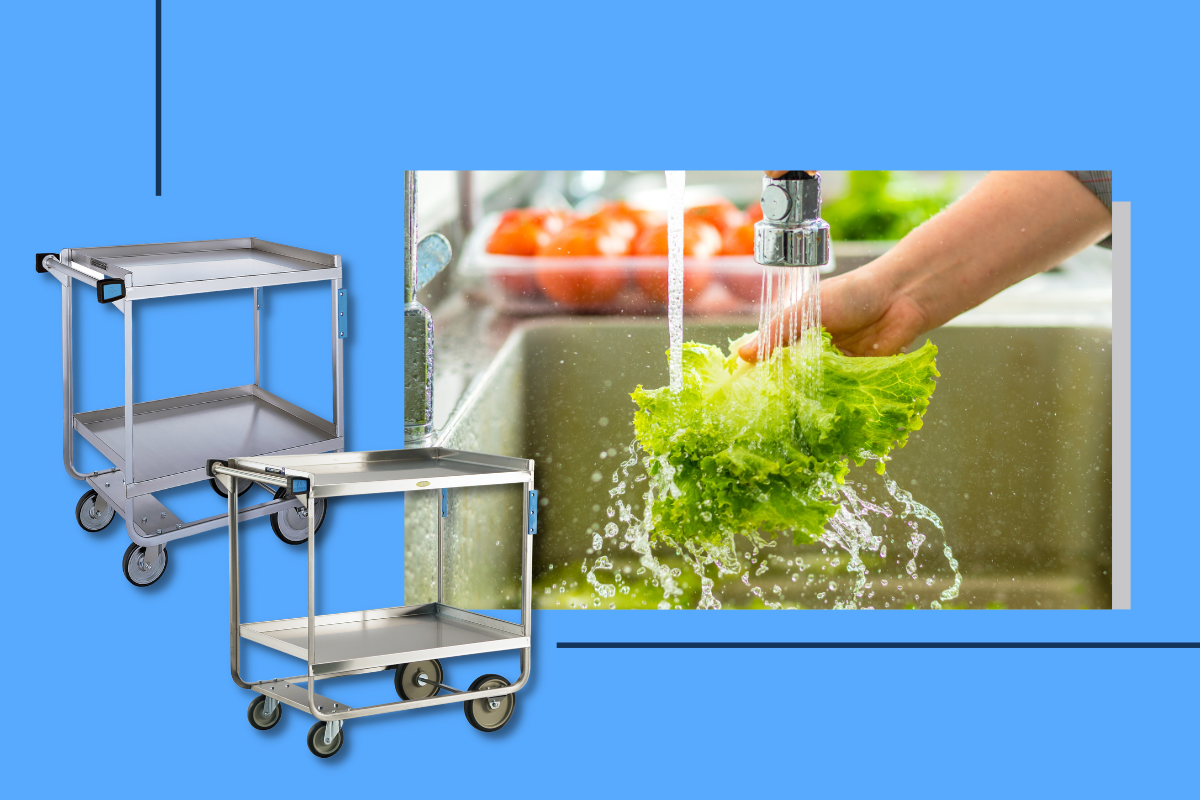
By The Numbers…
$15.6 billion. That’s the estimated amount foodborne illnesses cost the United States each year. Yes, you read that correctly. $15.6 billion! Now, you might be thinking to yourself how this is even possible. You may even start to wonder if there are problems with the country’s food supply. Alright… relax, there’s not, but however, there is a slight problem that needs to be acknowledged: the large number of Americans that catch foodborne illnesses in the U.S. every year. Let’s take a quick look at the numbers…
- Roughly 1 in 6 Americans get sick from contaminated food annually.
- An estimated 3,000 Americans die from foodborne illness each year.
Food poisoning is more common than what most people think as nearly 17 percent of the U.S. population experience illness from contaminated food each year. That’s an estimated 48 million people! So, how and why is such a large chunk of Americans getting sick from contaminated food and drinks? In this blog, we’ll break down the reasons behind the common causes of poor food safety as well as provide solutions operators can apply to their everyday foodservice service operations. Let’s begin!
The Causes of Poor Food Safety
Why do so many people get sick from mishandled food? It’s a question that gets asked a lot, but one that can easily be solved if foodservice operators implement effective consistent processes. Here are the four most common causes of foodborne illness.
-
Unclean Hands and Surfaces
On average, human hands carry about 3,200 different germs. Now imagine how you’d feel if someone with that amount of germs made your food? Unclean hands and countertops allow for germs and bacteria to survive and spread throughout a kitchen. This leads to the likelihood of contaminated foods. Operators must ensure their staff members are washing their hands thoroughly for 20 seconds.
-
Cross-Contamination
Often an issue that gets overlooked, cross-contamination is something that operators and their staff need to be mindful about. This is when germs from raw foods get spread to ready-to-eat foods. For example, a classic case of cross-contamination occurs when a cutting board is used to cut bread after it was recently used to cut raw meat. That fresh, ready-to-eat bread is now infected with the germs left behind on the cutting board from the raw meat. For operators to prevent this, they should have their staff keep all raw meats completely separate from other foods.
-
Undercooked Food
Some of the most common food items that are easily prone to contamination include raw meat, chicken, seafood, and eggs. This is because raw meats contain a wealth of bacteria such as Salmonella, E.coli, and Yersinia. By cooking raw meat thoroughly, these types of bacteria will be killed off thus ensuring safety for consumers.
-
Storing Food in the “Danger Zone”
The danger zone? What is that specifically referring to? Any type of environment that has a temperature between 40 degrees Raw meat, chicken, seafood, and eggs are all easily prone to being undercooked. Cooking these foods fully reduces the risk of Salmonella, E. Coli, and Yersinia. . Bacteria and other pathogens grow at a rapid rate when held in these types of conditions. Operators must keep their refrigerators at 40 degrees Fahrenheit or below and their freezers at 0 degrees Fahrenheit or below to avoid spoilage that can lead to a customer getting sick.
Transporting Food the Right Way
For operators, food transport is an integral part of any foodservice operation. Properly transporting food from one location to another in the back-of-the-house can mean the difference between a successfully safe day or one that could lead to contamination issues. We dissected how critical it is for food to be placed on clean surfaces and separated from raw items, but what about safety during transport? That’s when having sturdy, secure, and easy-to-clean equipment should become a priority for foodservice operators in all segments.
Let’s take a look at a few versatile features on Lakeside’s Open Style Utility Carts that operators should have by their side to fully ensure food safety…
Thick and Secure Shelf Edges
For the staff of operators, transporting multiple containers on one cart through tight spaces in the back-of-the-house is nerve wracking. There’s little room for error and the last thing you want to have happen is for those containers with fresh food items inside to fall over and be wasted! There’s good news for operators and their staff members in the form of the Lakeside 521 Utility Cart. This utility push cart has two shelves with three edges up to secure items such as containers from sliding off. This Lakeside Utility Cart also has larger fixed front wheels to help guide the cart in a straight line, while making it easier to navigate corners in tight spaces.
Sturdiness for Heavy Duty Loads
When handling raw meats in room temperatures, time is of the essence for an operator’s staff to properly store these items in a cold refrigerator and freezer. If an operator’s staff has to take multiple trips to do so, the risk for contamination will go up. In order for staff members to minimize this risk, having a strong and spacious utility cart such as the Lakeside 543 Utility Cart is a smart investment. This stainless steel cart has an angled “U”-shaped frame design and two shelves measuring 21 x 33 inches for hauling up to 700 pounds. Trips will be minimized, time will be saved and so will raw meat that needs to be refrigerated or frozen.
Easy to Clean Stainless Steel Surface
Stainless steel is not only extremely durable, but also easy to clean. Having surfaces that are easy to clean and sanitize is critical for any foodservice operator to maintain food safety. With the stainless steel construction of Lakeside’s Open Style Utility Carts, cleaning and sanitizing is fast and easy for an operator’s staff to execute after each use. The best part? Any risk of cross-contamination between different food items is largely reduced.
Equip ‘em with Lakeside Utility Carts
While transporting food can sometimes require extra steps to ensure food safety, it’s a critical component of any foodservice operation, its operator and staff. Make sure an operator is transporting food properly and safely by clicking ‘Equip ‘em’ below to begin supplying them with all the right tools!


